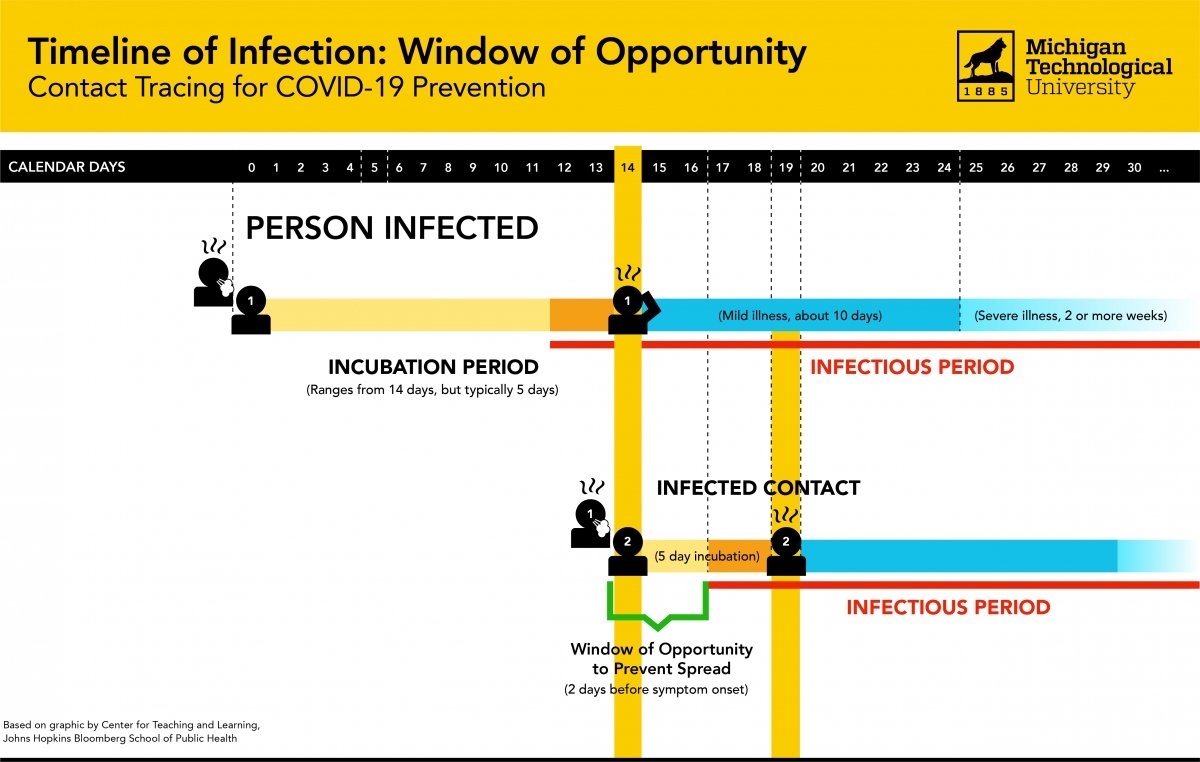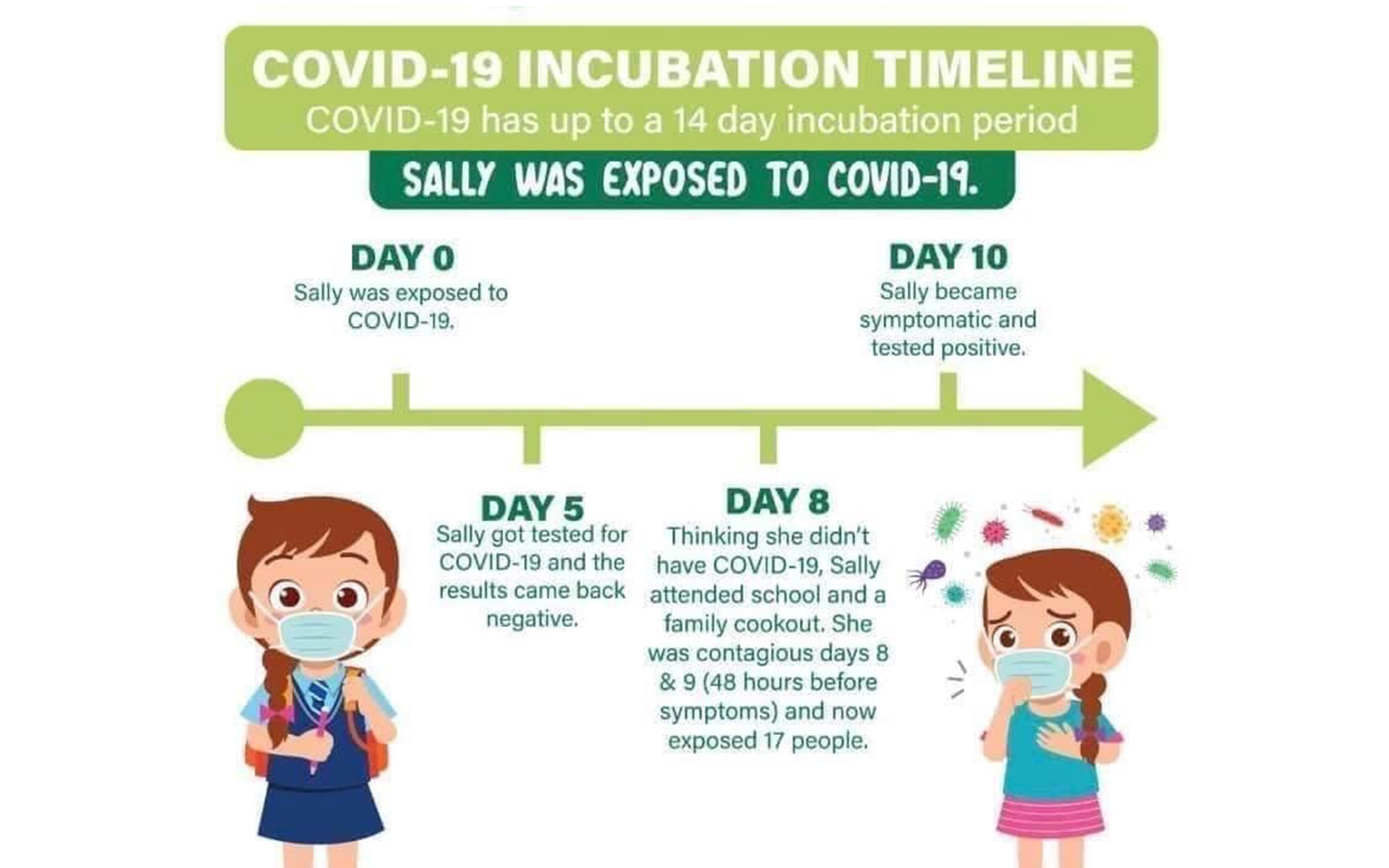
Examples include the coronavirus that causes Middle East Respiratory Syndrome (MERS-CoV) and the coronavirus that causes Severe Acute Respiratory Syndrome (SARS-CoV1) and was the virus behind the SARS epidemic in 2003. There are many different types of viruses, including a family known as the ‘coronaviruses’. What are the most important similarities and differences between flu and COVID-19? See the FAQs about flu and COVID. However, you are less likely to be contagious than if you had not been vaccinated.įor more information about the vaccination programme in the Netherlands, go to the RIVM page on COVID-19 vaccination. If you have been vaccinated, you can still become infected. Vaccination prevents you from becoming seriously ill from an infection with the coronavirus SARS-CoV-2. It is not yet certain how long you will be protected and how effective that protection is against different variants of the virus. Most people build up immunity to the virus after infection. People who become reinfected generally seem to become less seriously ill, but can still pass the virus to others. These symptoms may persist for several weeks after COVID-19, and could sometimes last for months. This is referred to as ‘Long COVID’ or ‘PASC’: Post-Acute Sequelae of SARS-CoV-2. Some people have long-term symptoms after a SARS-CoV-2 infection. This depends, among other things, on whether they are healthy other than the coronavirus infection. People with COVID-19 who have been admitted to hospital generally need more time to recover. Some people only have cold symptoms and recover within a few days, but there have also been people who had persistent symptoms for a long time, extending many weeks. The amount of time it takes to recover from COVID-19 can vary from person to person. This page also presents additional recommendations to prevent infection. A detailed description is provided on the RIVM page about COVID-19 risk groups. People who are older, have underlying health conditions, or have impaired immunity have an increased risk of becoming seriously ill, especially if they have not been vaccinated or had a previous SARS-CoV-2 infection. For that reason, follow these recommendations if you have symptoms. It is important to avoid transmitting a possible infection to others, especially people in vulnerable health. If you have symptoms that could indicate COVID-19, you no longer have to use a self-test.
Minor covid symptoms timeline skin#
Various skin abnormalities (such as a rash).Sudden loss of smell and/or taste (without nasal congestion).Cold symptoms (such as a nasal cold, runny nose, sneezing, sore throat).

The incubation period for the Omicron sub-variants is usually 3 to 4 days. If you infect someone, it takes 1 to 14 days before that person might develop any symptoms. If other people inhale those droplets, or get them in their mouth, nose or eyes, for example via their hands, they may become infected with the virus.

During activities that produce droplets, the virus is released into the air.

The virus is spread by coughing, sneezing, singing, talking and so on. The disease can cause respiratory symptoms and fever, and in severe cases it leads to breathing problems. COVID-19 is the disease caused by the coronavirus SARS-CoV-2.


 0 kommentar(er)
0 kommentar(er)
